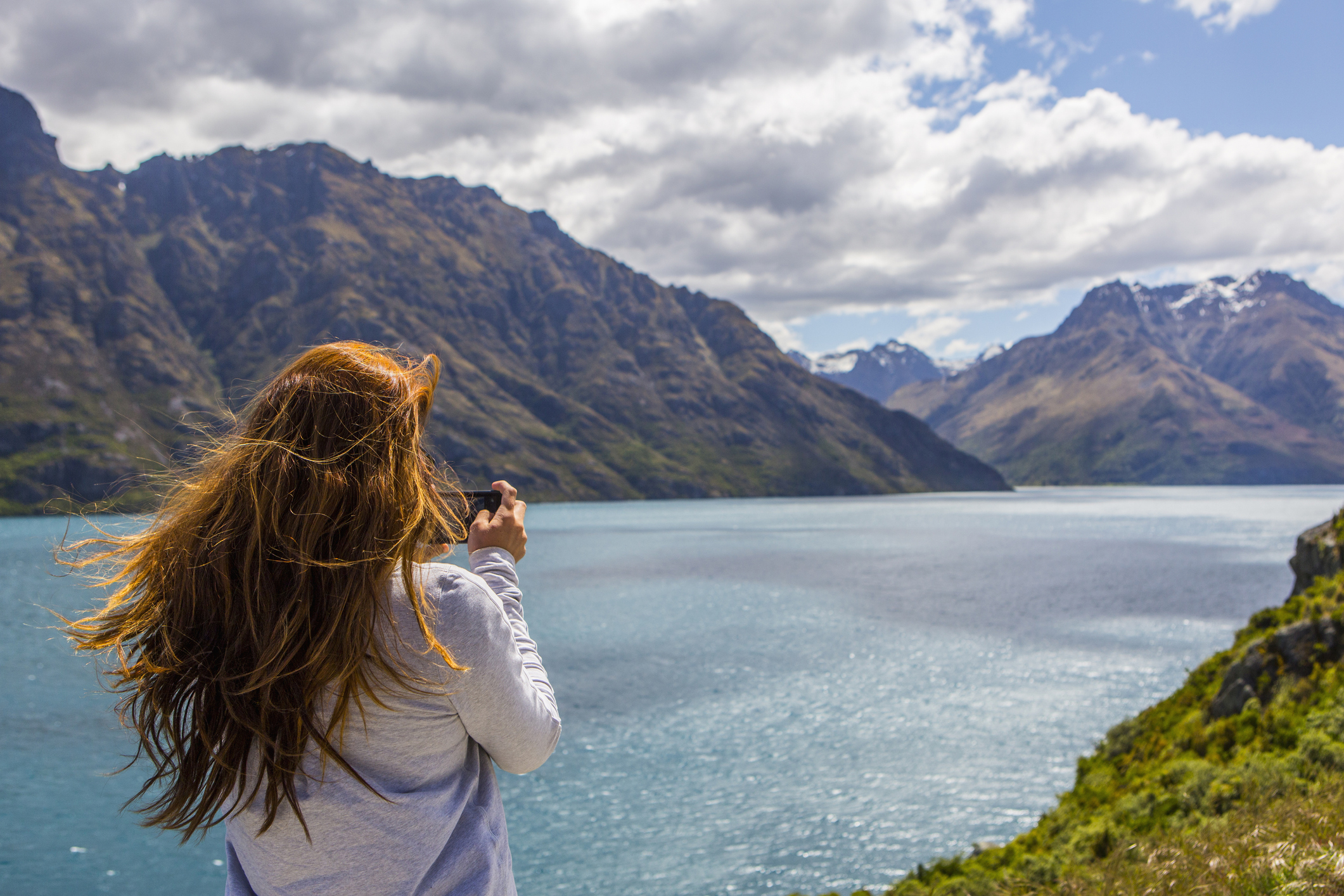A Beginner's Guide to Underwater Photography
From choosing the right gear to interacting with the wildlife, here's the ultimate guide to underwater photography.
When I started my YouTube channel in 2008, the platform was still in its infancy – no one really knew what it would turn into, and opportunities to generate revenue were few and far between. Fast forward a decade, and travel vlogging is now a legitimate industry, made up of thousands of content creators, many of whom ask the same question: How do you grow your audience?
With such a crowded field, how do you make sure your content stands out? How do you get your videos seen? What should your game plan be? While these are important questions, it’s best to start at the very beginning: building and growing your audience.
The gear
It is almost overwhelming how many camera choices there are these days, but, of course, as with any type of photography, it all depends on your budget. If you have a small budget you can always opt for a GoPro which is small, easy to handle and great for video. The underwater models start at around US$ 400.
If your budget can stretch to it, you can opt for a compact digital camera. I recommend the Canon G series or the Sony RX100 with Fantasea housing – this is a small camera with a lot of power, and Fantasea housing is relatively affordable and very reliable. They have a range of wet lenses that allow you to change from wide-angle to macro whilst underwater. The set up is compact, easy to travel with and suitable for both beginner and advanced divers.
If budget isn't an issue, then go for DSLR or mirrorless option with underwater housing. If you’re a scuba diver then you will need dive housing, which will protect your camera at greater depths. If you shoot shallow water or shoot while freediving you can go for cheaper Aquatech housing which is incredibly reliable. I use Aquatica housing which is very reliable.
When purchasing your housing make sure you know which lens you will use (macro/wide-angle/fisheye) and contact the manufacturer/stockist about which port you will need.
After every photo session make sure to clean your equipment properly. Salt water will cause damage unless properly washed off. The more you look after your gear the longer it will last!
The challenges
There are many challenges to shooting underwater and to overcome these takes time and practice. The big problems are usually the amount of light available, the current, and the depth and visibility in the water. The better the visibility the clearer the photo will be. A big misconception is that you can edit out bad visibility. I usually shoot with a fisheye lens and therefore need to be very close to what I'm shooting. The closer you are to your subject means there is less water and particles, and therefore a clearer image. So, when possible, reduce the distance between you and your subject.
A common misconception is that all my imagery is taken while scuba diving, but I definitely prefer shallow water and freediving. Some of the best photos you will take are in the shallows where ambient light is most available. It’s all about your own preference.
It’s also a good idea to practice shooting with the sun to your back. This is a good rule to follow when starting out and will dramatically increase the quality of your images.
One of the most helpful tips I was given was about the angle in which the shot was taken. If you’re shooting coral reefs or fish, try to always shoot at the same level as the subject or tilted upward. Shooting this way makes for a more pleasing image and more blue water. One of the biggest mistakes I see is people taking shooting straight down.
Shooting in RAW format is an important step to help edit your images or do any post-production. RAW files – as opposed to jpeg – contain much more information and therefore are ideal for creating higher quality images. All images will need to be processed (which can include correcting white balance, exposure levels, contrast and curves). Post-production can be time consuming to learn, but there are plenty of free YouTube tutorials on Lightroom and Photoshop.
As mentioned previously, having the correct white balance is very important. As you move deeper in the water, you will lose certain colors in the images you shoot, most notably reds. With high quality RAW files, you can adjust your white balance in post-production.
Interacting with wildlife
Always remember you are a visitor to the ocean, so it's important to have the utmost respect for the environment that you visit. When photographing wildlife, it’s always a good idea to watch and observe the animals first. All too often you see people who are too eager for the photos and end up crashing into the reef or end up chasing the fish away. If the animal doesn’t allow you to approach, then its best to let it be.
I wish I had someone more experienced to show me how to interact with certain wildlife, when I first started.
You can't force a great image but with enough patience the photo will come.
It takes time to read the behavior of wildlife so, but you will get better and better at it.
If you’re scuba diving, you will need make sure you have perfect buoyancy before you take a camera underwater. Without perfect buoyancy you increase the risk both to yourself and the environment.
And remember
- Take photos and take them often. The more you do this the quicker you will learn.
- Find a mentor that you can learn from
- Rules are meant to be broken and it’s all part of the learning process.
- Find your style and find your niche. This will help you stand out.
About the author
Alex Kydd is
Related articles
Simple and flexible travel insurance
You can buy at home or while traveling, and claim online from anywhere in the world. With 150+ adventure activities covered and 24/7 emergency assistance.
Get a quote

No Comments